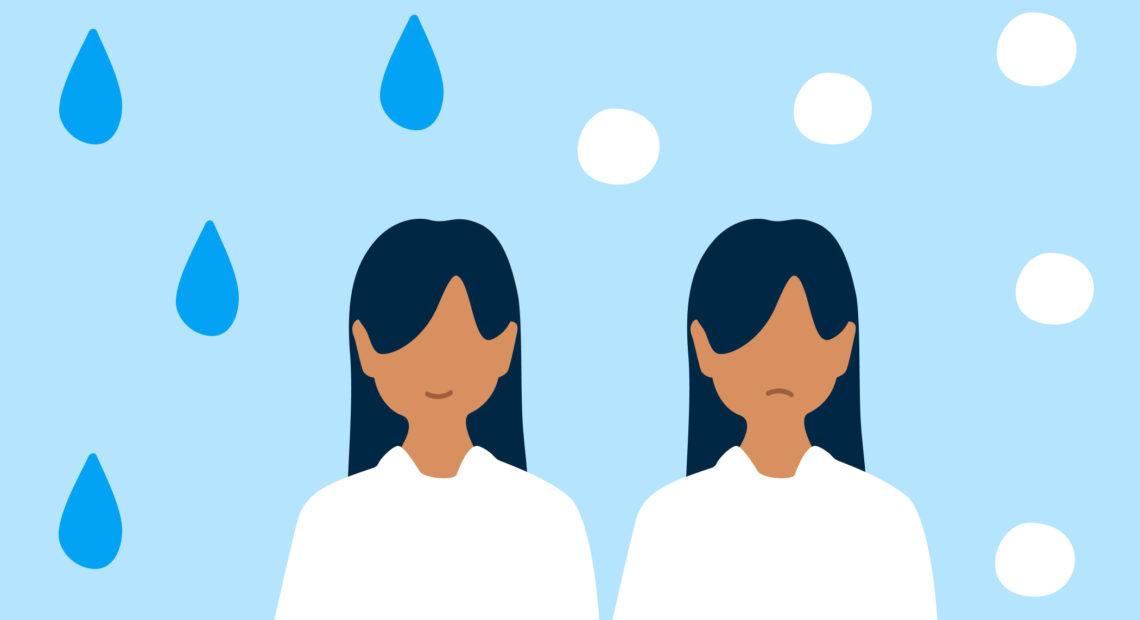Seasonal Affective Disorder: Why It Gets You Down and How to Manage It

As the seasons change, some individuals experience a shift in mood and energy levels, often feeling a bit down and lacking motivation. This phenomenon is known as Seasonal Affective Disorder (SAD). SAD typically occurs during the fall and winter months when daylight decreases, but it can also affect individuals during the spring and summer months, albeit less commonly. In this blog post, we will delve into the reasons why SAD occurs and explore various strategies for managing this condition effectively.
- Understanding Seasonal Affective Disorder: a. Defining SAD: Learn about what Seasonal Affective Disorder is, its prevalence, and its impact on mental well-being. b. The Role of Light: Explore the connection between reduced daylight and its effect on circadian rhythms, melatonin levels, and serotonin production.
- Causes and Risk Factors: a. Biological Factors: Discuss the influence of genetic predisposition and chemical imbalances on SAD. b. Environmental Factors: Highlight how changes in weather, reduced sunlight, and altered daily routines contribute to the development of SAD. c. Psychological Factors: Address the psychological and emotional aspects associated with SAD, such as stress and reduced social interactions.
- Common Symptoms of SAD: a. Physical Symptoms: Fatigue, increased sleep, changes in appetite, and weight fluctuations. b. Emotional Symptoms: Depression, irritability, loss of interest, and lack of concentration. c. Behavioral Symptoms: Social withdrawal, decreased productivity, and decreased participation in activities.
- Effective Management Strategies: a. Light Therapy: Explain how light therapy can help alleviate SAD symptoms by simulating natural sunlight and regulating circadian rhythms. b. Establishing a Routine: Discuss the importance of maintaining a regular schedule and incorporating activities that bring joy and fulfillment. c. Exercise and Outdoor Activities: Highlight the benefits of physical activity and spending time outdoors, even during winter months. d. Social Support: Emphasize the significance of social connections, including seeking support from friends, family, or support groups. e. Mindfulness and Relaxation Techniques: Introduce relaxation exercises, meditation, and mindfulness practices to reduce stress and promote emotional well-being. f. Professional Help: Encourage seeking professional assistance from therapists or psychiatrists who specialize in mood disorders.
- Self-Care and Lifestyle Adjustments: a. Healthy Eating: Discuss the importance of a balanced diet and the inclusion of mood-boosting foods rich in omega-3 fatty acids and vitamin D. b. Sleep Hygiene: Offer tips for improving sleep quality, such as maintaining a consistent sleep schedule and creating a calming bedtime routine. c. Home Environment: Suggest making the living space brighter and more inviting, incorporating natural elements, and utilizing light therapy devices.
Seasonal Affective Disorder can significantly impact an individual’s quality of life, but there are effective strategies to manage its symptoms. By understanding the causes and implementing lifestyle adjustments, individuals can improve their mood, energy levels, and overall well-being. Remember, if you are experiencing symptoms of SAD, seeking professional help is always a wise decision. You don’t have to face it alone; support and effective treatment options are available.
Picture Courtesy: Google/images are subject to copyright








